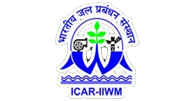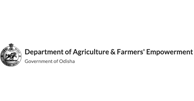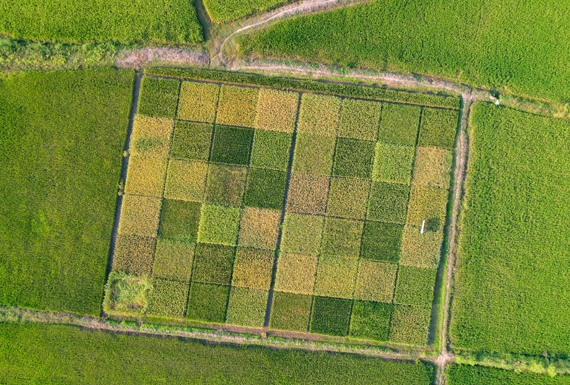
Cafeteria Approach
The Participatory Varietal Selection (PVS) initiative is being implemented as a collaborative effort of the OIIPCRA-IRRI. Introduces high-yielding, stress-tolerant rice varieties to tank command areas through a cafeteria approach. This unique model actively involves farmers, departments, research institutions, and markets in selecting varieties best suited to local conditions. Demonstration plots, or varietal cafeterias, feature 15-20 promising rice varieties planted alongside currently grown varieties, allowing easy comparison and hands-on assessment.
In three districts, 42 varietal cafeterias, featuring 16-20 new and current rice varieties were evaluated. The early harvesting of these high-yielding, short-duration rice varieties not only ensures the fields retain the necessary moisture for a second crop but also has the potential to reduce methane (CH4) emissions. This approach bridges the gap between research and practical application, guiding farmers in Pani Panchayats towards resilient and productive rice cultivation tailored to their specific needs.


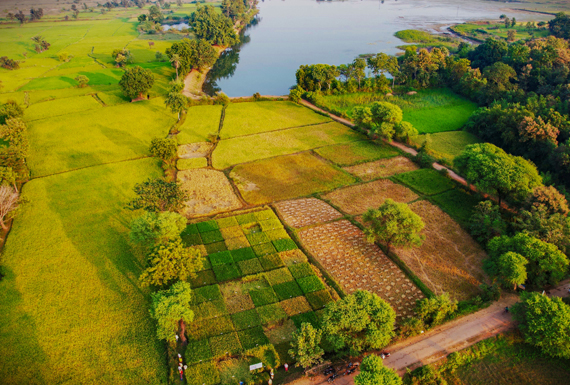 Crop Demonstration
Crop Demonstration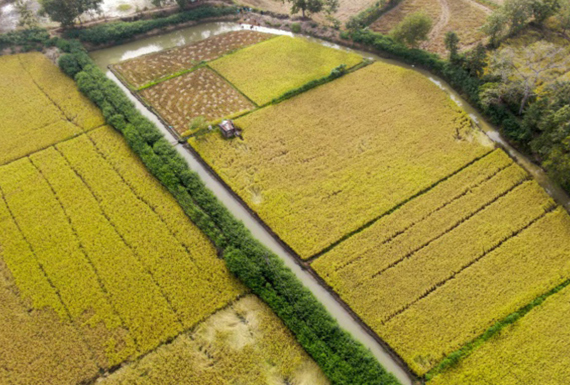 Rice Fish Farming: A Sustainable Journey of Aquatic Growth
Rice Fish Farming: A Sustainable Journey of Aquatic Growth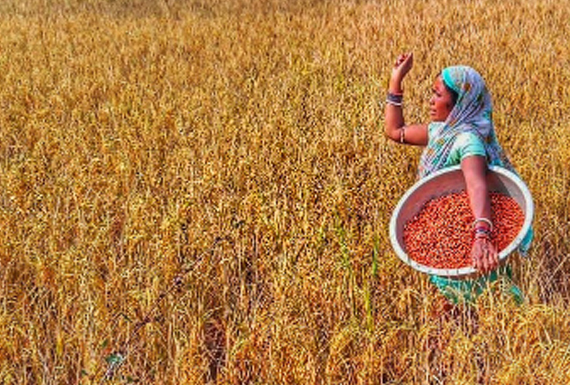 OIIPCRA-ICARDA: Transforming Rice Fallow with Grasspea
OIIPCRA-ICARDA: Transforming Rice Fallow with Grasspea







